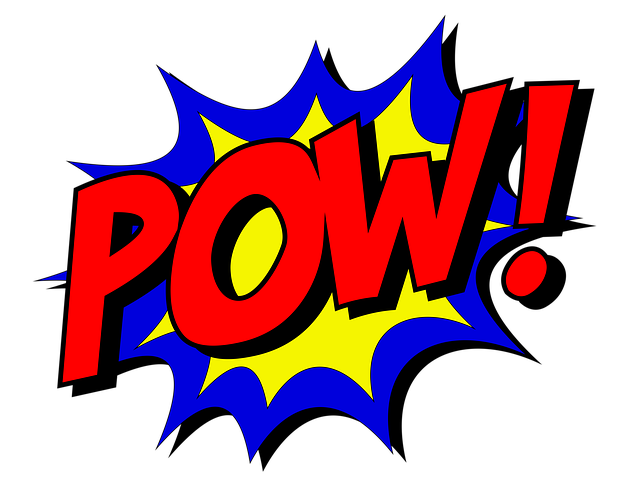
I am a huge comic book nerd. I used to draw them, I still read them and I will always love them. Jim Aparo is as important to me as Rembrandt or Matisse. Consequently, my wife (who even buys me Pop! figurines for my office) and I love to watch Arrow, The Flash and even Legends of Tomorrow on the CW. We’ve also been fans of Supernatural for a really long time (if you plan to binge watch that one, you may need to take some time off of work). Now we stream all of those shows on the CW’s new app, the network’s response to a dispute with Hulu. It streams smoothly, it’s easy to navigate, it features complete episodes, and best of all, it’s free. The hitch? Programs contain full commercial breaks that are completely un-skippable.
It has been fascinating to watch as the service starts to find its legs. The most noticeable growing pain is a general lack of variety: we’ve watched the same Toyota commercial – featuring laughably earnest young actresses and actors lip synching “You Don’t Own Me” in the world’s most grating feminist manifesto – dozens and dozens of times. Oddly, my wife seems to hate the commercial even more than I do, so we now mute the volume when it comes on. From a professional standpoint, it interests me to see how this works out for the CW (a partnership between CBS and Warner Brothers, by the way). It is a bold step toward providing full streaming access to every program on a network for free. If all of the tv networks adopted this model, we would finally (finally!) have our a la carte cable channel selection: watch only what you want and ignore those you don’t (I’m looking at you IFC – does anybody really watch you? I don’t think so.).
You’d think this would all be good news for advertisers. After all, it combines the convenience of streaming with the commercial opportunities of classic television. However, this new model leaves one important group of people behind: local affiliates. And, as a result, local advertisers. As of right now, every commercial is for a national company like Target or Verizon. Not a single ad shows off a local restaurant or retailer. This would be simple to address from a technological standpoint (the CW could easily insert local ads automatically, just like Google does), but hard from a financial standpoint. If you can fill up your episodes of The Vampire Diaries with full-priced commercials from Marshall’s, what motivation would you have to sell local insertions for 1/10 the cost? They used to have to do this to support the local affiliate (who was responsible for beaming the signal out over the airwaves), but without that middle man, the transaction simply leaves local advertisers behind.
Obviously I have mixed feelings about this. I love the idea of TV networks having to earn their way on to screens (I’m looking at you ION – does anybody really watch you? I don’t think so.) But I also want smaller companies who want to brand their product to have access to their customers via this new form of television. Ask me to predict the future, and I’ll tell you that maybe – MAYBE – local advertisers will find room on lesser-watched programs or programs that have been out for a few months (or years). But the truth is that I just don’t know. In all likelihood, those of us practicing guerrilla marketing will have to continue finding new ways to reach consumers via other web technologies like remarketing or native advertising. As it is today, great content will be the key.
I’ll keep an eye on the CW app (I’m going to watch my shows, after all), and I’ll let you know if things change. But I wouldn’t be surprised to see similar services from more and more networks. Will anybody care about the apps for GSN or UP? Probably not. But choice is always a good thing, and I for one can’t wait to see how this all shakes out.